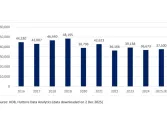
Global retail sales projected to rebound in 2025
Challenges such as weak demand and inflationary pressures will continue to persist.
Retail sales are projected to recover in 2025, with global volumes expanding by 2.2%—the fastest growth rate since 2021, according to EIU's Consumer Goods and Retail Outlook 2025 report.
The report said that the improvement is largely driven by disinflation, which is expected to reach its lowest level since 2020, boosting consumer spending. However, regulatory hurdles and low consumer confidence will continue to challenge the market.
Despite the retail rebound, consumer confidence will remain fragile due to ongoing financial strains. Household savings across most countries are still below pre-pandemic levels, and price-sensitive consumers have reduced demand, limiting businesses' ability to raise prices.
As predicted in previous forecasts, physical stores and discount retailers have fared better post-pandemic. However, persistently high inflation has forced low-income households to cut back on spending, negatively impacting sales for discounters and fast-food chains.
Asian and Gulf countries are expected to lead in retail volume growth, buoyed by young, growing populations, increasing incomes, urbanization, and a rise in online shopping.
China, however, is expected to experience slower retail growth, with a forecasted increase of just 4% in 2025—the lowest rate since 2022 and well below the pre-pandemic average of 7%. Economic challenges, including income losses from prolonged lockdowns, a property market downturn, and an aging population, have contributed to lingering pessimism.
In contrast, India is expected to grow its retail sales by 5% annually in 2025. With a large rural population driving demand for fast-moving consumer goods, companiesare targeting this segment to offset weaker demand in China.
Meanwhile, the number of high-income households in India is projected to more than double by 2025, presenting opportunities for luxury retailers and international travel-related businesses, as more affluent Indians travel abroad.

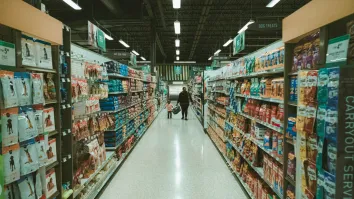
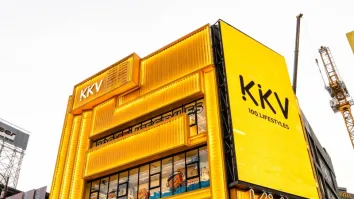
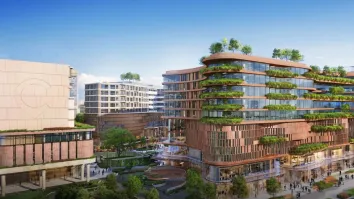






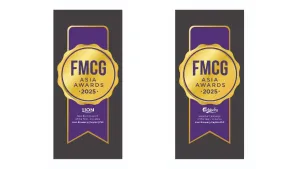






 Advertise
Advertise
